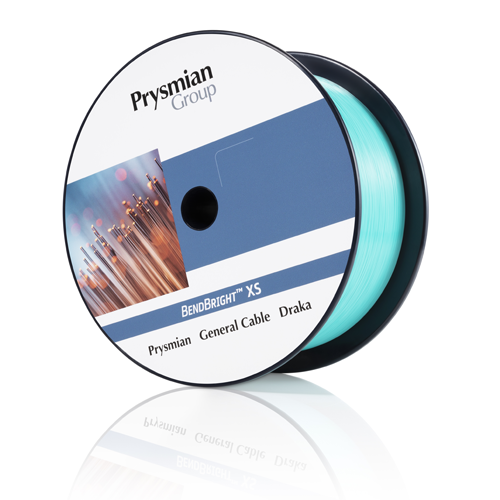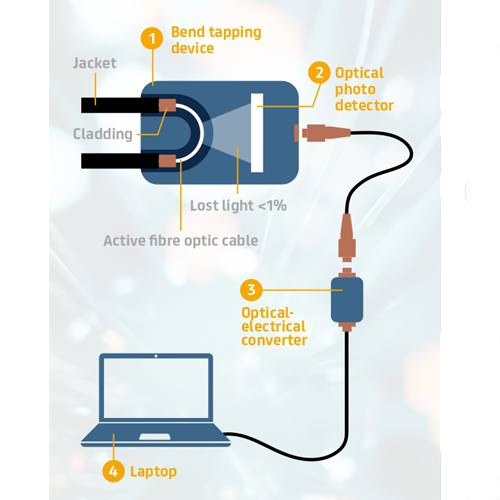New Whitepaper: safer optical transmission with Prysmian bend-insensitive fibre

Society and business are ‘cloudifying’ fast, and a huge data surge has been triggered by the global pandemic. It is vital to secure and protect critical data, onsite as well as during travel through long-haul networks. Most organisations use encryption to protect on-site data, successfully countering hackers. However, hackers may intercept data more easily as it travel across networks.
The latest Thales Data Threat Report by IDC (2020) reported that 26% of global respondents had been breached in the past year. A Deloitte report on tapping fibre networks claims that physically compromising a fibre network link is easier than widely believed. The tools can be easily purchased, and online tutorials teach hackers how to steal sensitive data from an optical fibre cable. Maintaining complete end-to-end physical security of links is challenging. End-to-end encryption schemes are applied only to a small percentage of critical data centre interconnect links. That leaves a significant amount of fibre for hackers to exploit.
The vast majority of deployed fibres are single-mode ‘standard’ fibres compliant with the international ITU-T standard for transmission fibres – G.652.D. These have been developed for long-distance straight links, making them intrinsically sensitive to bending effects. When bent, such fibres leak some light outside of their guide, which hackers can exploit to tap transmitted signals. This can be done along the network when optical signals are not encrypted, without noticeable disturbance to the transported traffic, or in joints and splicing cassettes where individual fibres are extracted to be spliced or routed.
A new type of fibre introduced just over a decade ago preserves the key transmission characteristics of G.652.D fibres while securing light within the fibre core, even when bent. Such fibres – complying with the international ITU-T G.657.A2 standard – were developed to secure access networks and FTTH networks, which feature more bends. Revision of the ITU-T G.657 standard (extending the application of G.657.A fibres to all parts of the network) meant that G.657.A fibres could be used for long distance transmissions across the optical network.
The world’s most deployed fibre, Prysmian BendBrightTMXS G.657.A2 fibre, offers the same transmission performance as regular G.652.D telecoms standard single-mode fibre, but with added bend-immunity and intrinsic traffic safety. By leveraging optimised glass technology, Prysmian’s BendBrightTMXS reference G.657.A2 fibre secures all transmission routes, from long-distance to access. A trench-based glass design with lowered refractive index in the cladding area prevents the optical field from escaping even under tight bends. BendBrightTMXS is up to 100 times more bend-resistant than standard G.652.D across the whole spectrum when bent in a hacker’s tapping tool. It can safely transmit optical signals and can cope with any of the higher bit rates, higher wavelength operations and WDM transmission demands (in all standardised bands) that next-generation FTTH systems will bring.







